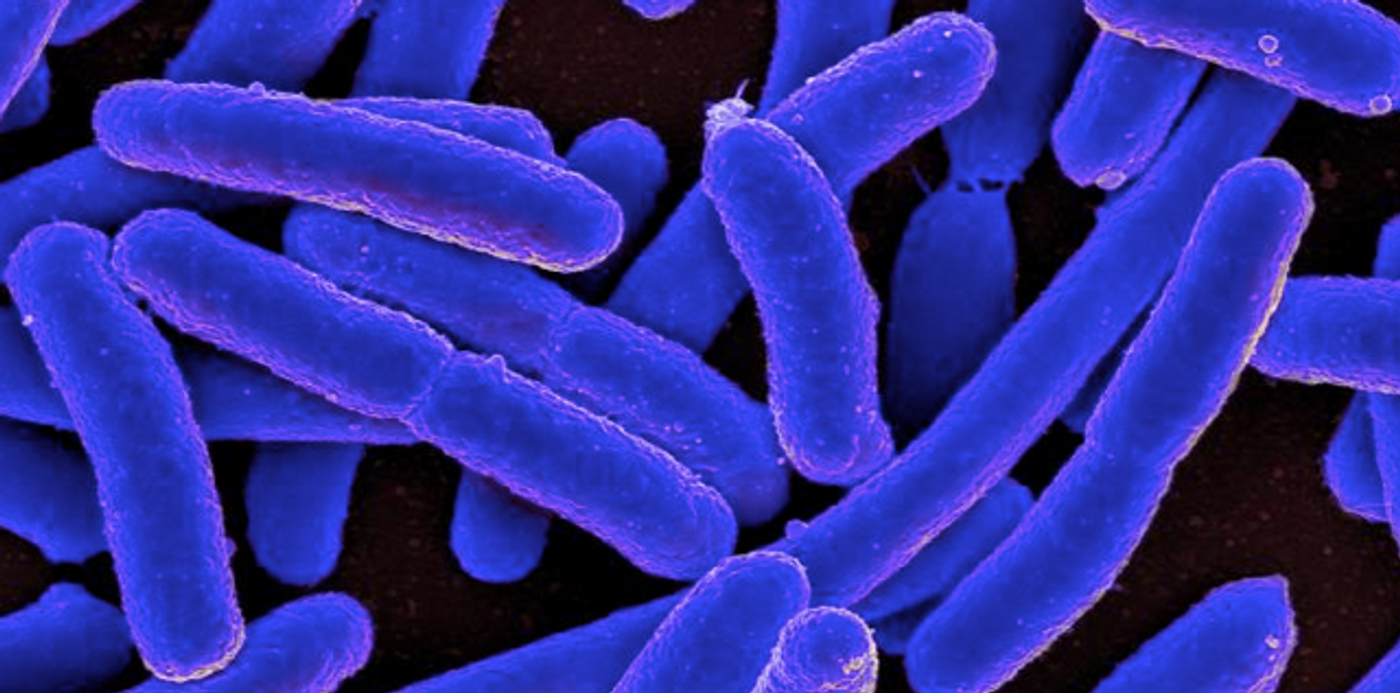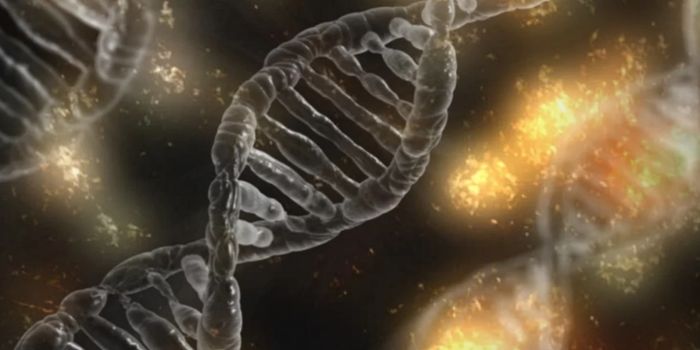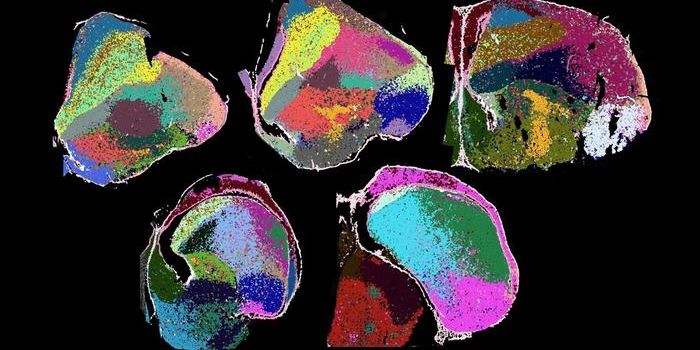A Method to Efficiently Edit Bacterial Genomes Without Selection
Gene editing has advanced in many ways over the past few decades. Most methods in genetic engineering involve altering the genomes of animal models like mice and zebrafish, or mammalian cells growing in culture. But researchers have also been able to make edits in other organisms, including humans. Now, scientists have created a tool for changing bacterial genomes. This tool allows researchers to inscribe molecular memories into the bacterial DNA, which can be stored over generations and recovered by sequencing the genomes of these bacterial cells.
The researchers called this technique HiSCRIBE. While there are other methods for editing DNA in bacteria, the scientists said their approach is far more efficient. Reporting in Cell Systems, the investigators demonstrated that in some species of bacteria, genes could be targeted for editing, activation, or removal. It was also possible to make specific changes in a community of bacteria.
"With this new DNA writing system, we can precisely and efficiently edit bacterial genomes without the need for any form of selection, within complex bacterial ecosystems," said first study author Fahim Farzadfard, Ph.D. "This enables us to perform genome editing and DNA writing outside of laboratory settings, whether to engineer bacteria, optimize traits of interest in situ, or study evolutionary dynamics and interactions in the bacterial populations."
It may one day be possible to use this technique to target and manipulate bacterial genes in the microbiome, noted the researchers.
This research builds on years of work by the lab of senior study author Timothy Lu, an associate professor at MIT; the scientists have been developing ways to embed memories in bacteria, such Escherichia coli being exposed to a chemical.
To do so, the researchers employed an enzyme that can produce single strands of DNA, called a retron, and another that can insert that sequence into a specific part of the genome, called a recombinase. The production of the single stranded DNA is under the control of a stimulus such as light. This method was called SCRIBE, and though it worked sometimes, the efficiency was very low. About one in 10,000 cells would incorporate the desired DNA.
The researchers were able to overcome some of the natural defenses that E. coli have to prevent DNA from being written into their genome and improve the efficiency of the approach. They had to knock out several genes and disable some enzymes. However, after that was done, the technique worked on almost all the cells in a population. Bacterial genomes can now be edited without using selection.
In this study, the researchers edited bacteria so they would carry a gene that metabolized galactose. This was done specifically to E. coli cells that were growing in a culture of multiple bacterial species.
"This approach could be used for evolutionary engineering of cellular traits, or in experimental evolution studies by allowing you to replay the tape of evolution over and over," suggested Farzadfard.
Sources: Phys.org via Massachusetts Institute of Technology (MIT), Cell Systems









